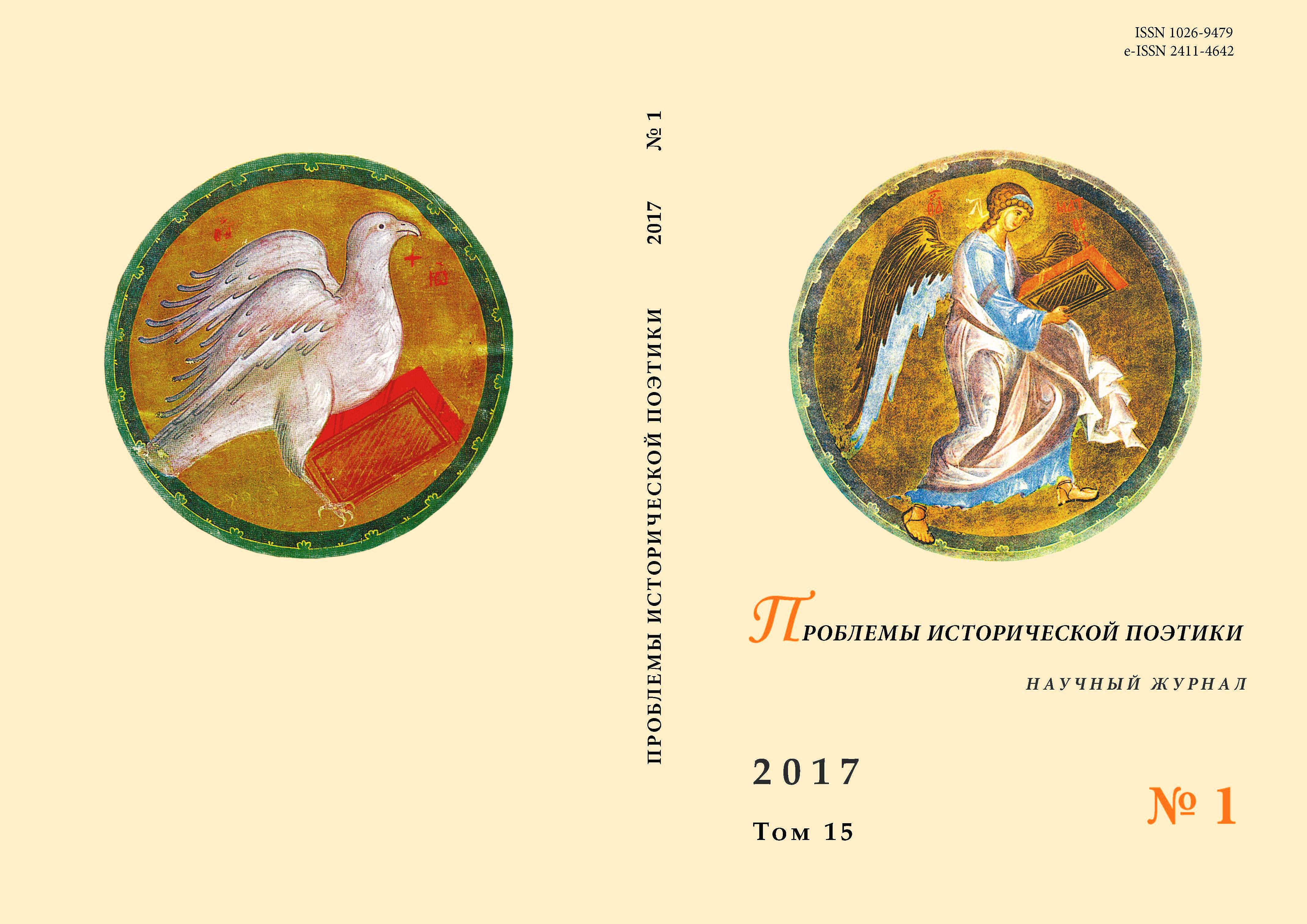МОТИВ ВОСКРЕШЕНИЯ В ТВОРЧЕСТВЕ ЛЕОНИДА АНДРЕЕВА
RESURRECTION MOTIF IN THE WORKS OF LEONID ANDREEV
Author(s): Ekaterina MikheichevaSubject(s): Language and Literature Studies, Literary Texts, Fiction, Studies of Literature, Russian Literature, Philology
Published by: Петрозаводский государственный университет
Keywords: philosophy; literature; New Testament; Leonid Andreev; resurrection motif; time; space; tragedy
Summary/Abstract: This article is devoted to the problem of resurrection which was widely spread in Silver age philosophy and literature. Basing on the New Testament, Russian philosophers N. Fyodorov and V. Solovyov associated the resurrection process with improvement of the nature and unification of the humankind. Leonid Andreev saw the consequences of returning from the nothingness to the real world in a different way. The attempts of resurrection (Vasily Fiveisky) and the resurrection itself (Eleasar) were seen by him as a tragedy of the personality. Fiveisky who believed to be the God’s elect did not manage to repeat the miracle of Jesus — to resurrect Semion Mosyagin, and that became the reason for the character’s madness and death. The resurrection of Lasarus, who saw death and overcame it, is represented by Andreev as a tragedy for both the resurrected and all the people he came in contact with after his returning from the beyond. The notion of a time limit and its understanding help people keep the freshness of their feelings and thoughts, to limit their lives by the moral categories, to enjoy every moment of their secular life.
Journal: Проблемы исторической поэтики
- Issue Year: 15/2017
- Issue No: 1
- Page Range: 68-79
- Page Count: 11
- Language: English, Russian

